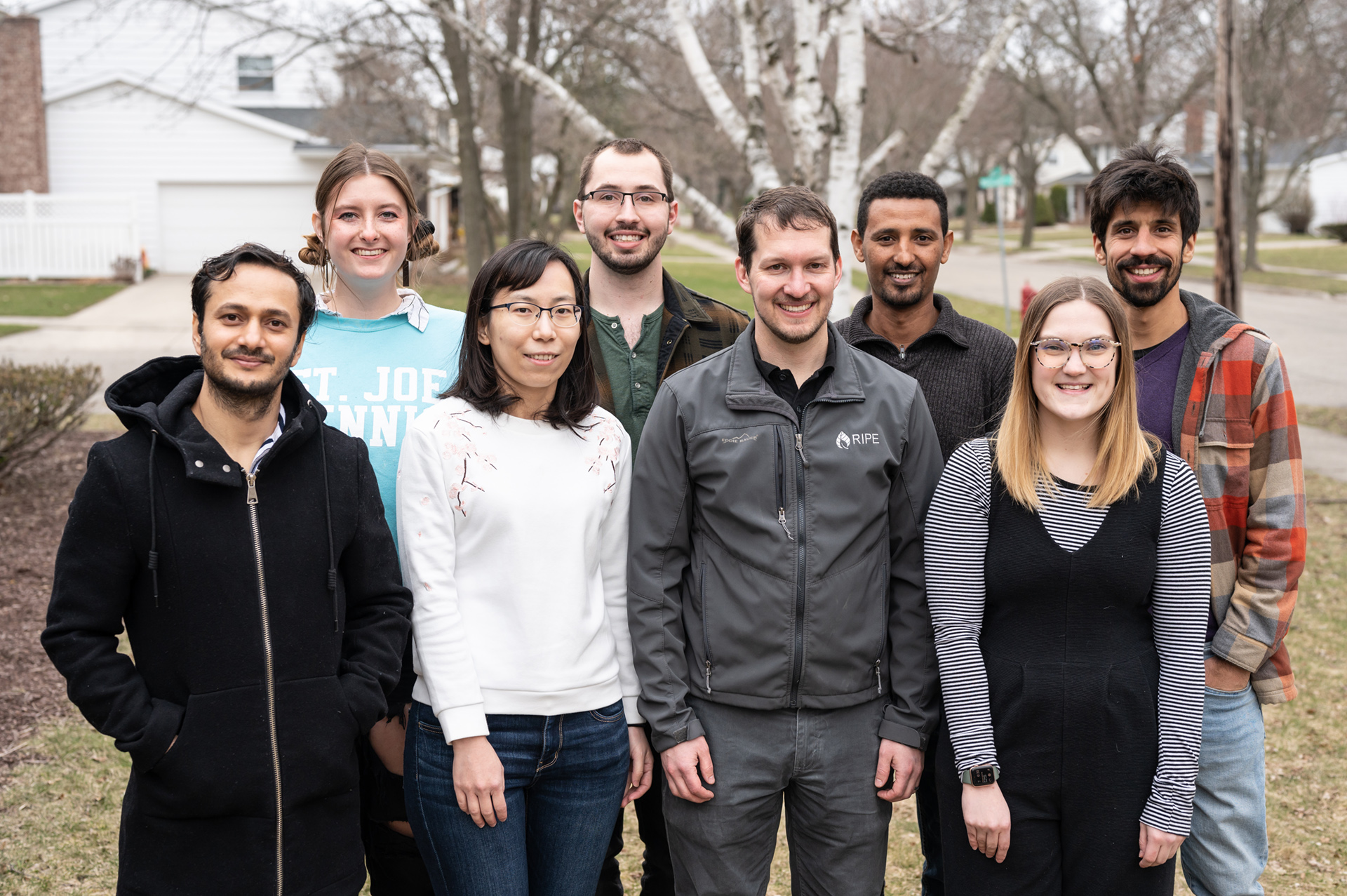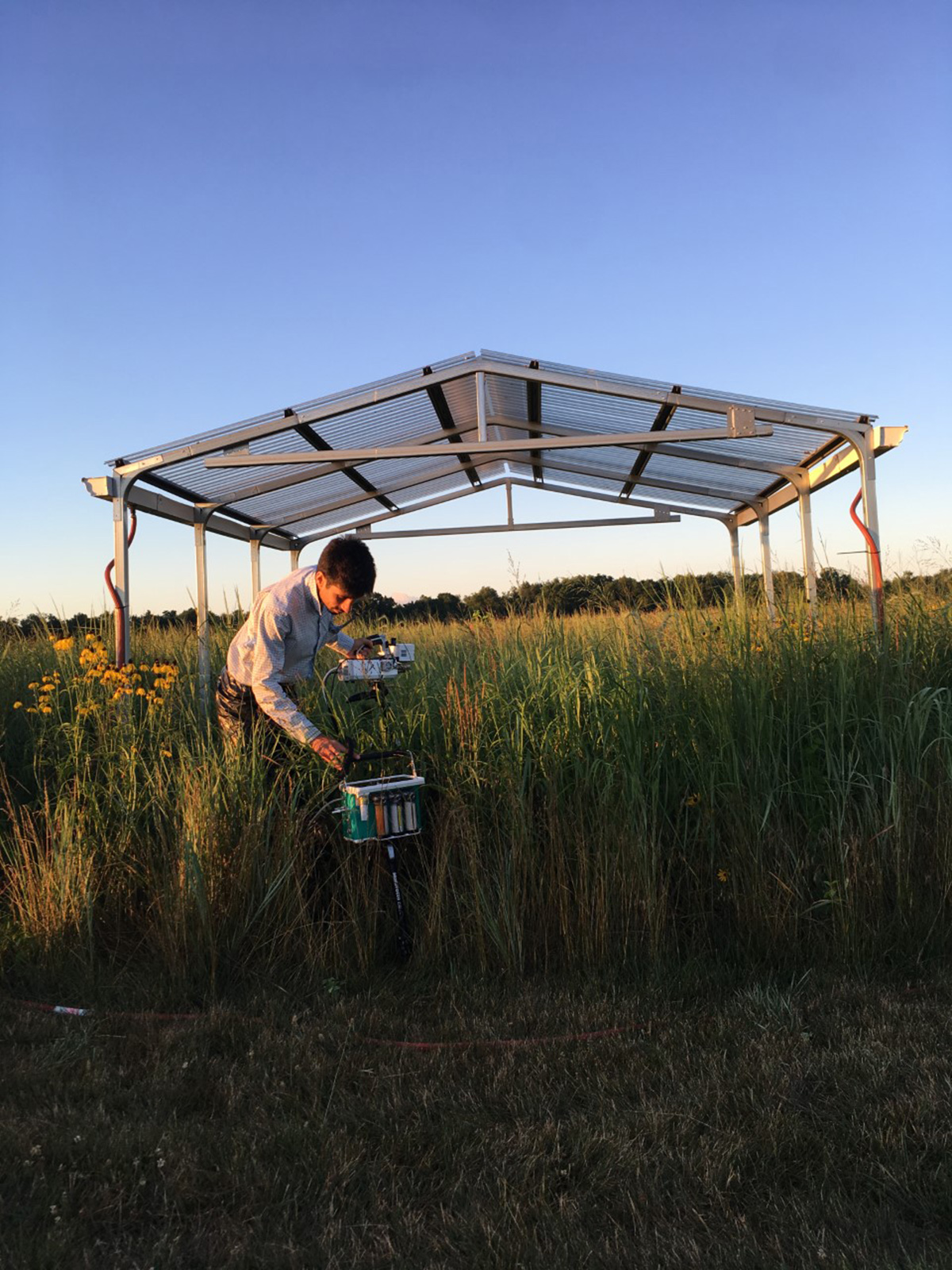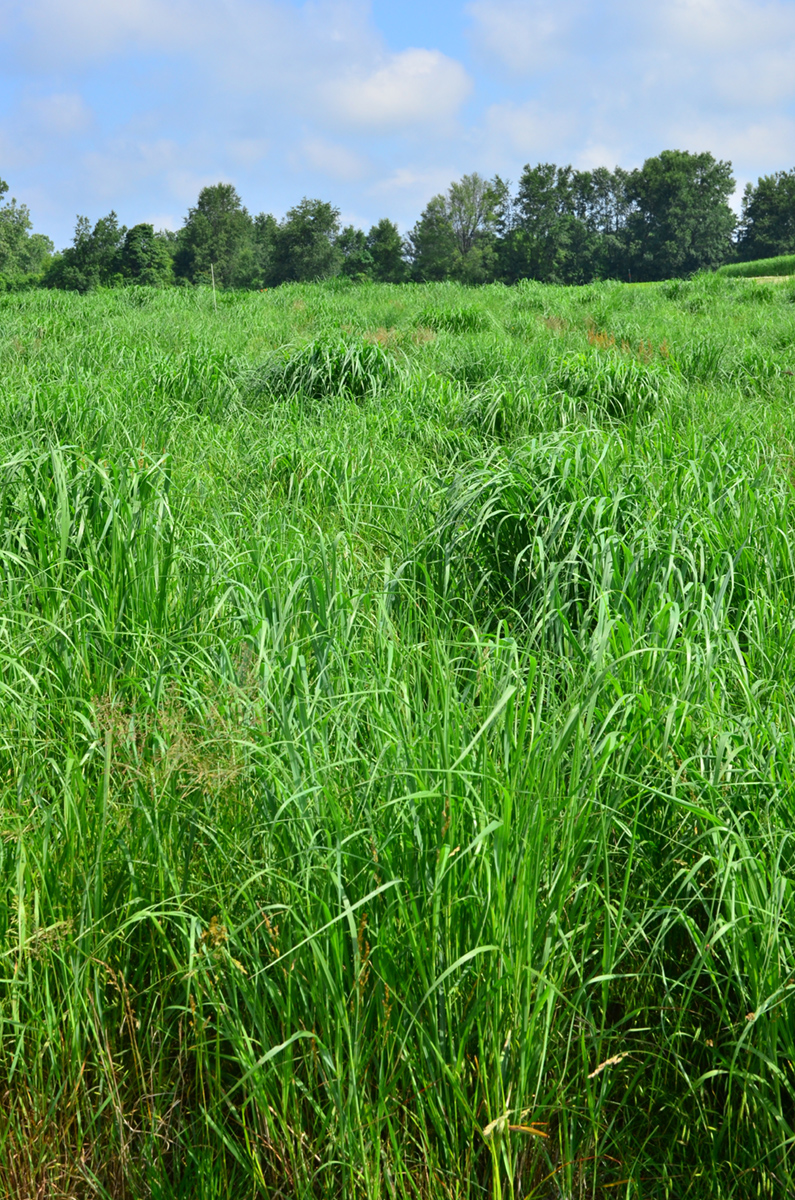Michigan State University researchers have solved a puzzle that could help switchgrass realize its full potential as a low-cost, sustainable biofuel crop and curb our dependence on fossil fuels.
Among switchgrass’s attractive features are that it’s perennial, low maintenance and native to many states in the eastern U.S., including Michigan. But it also has a peculiar behavior working against it that has stymied researchers — at least until now.

Berkley Walker’s team in MSU’s Department of Plant Biology has revealed why switchgrass stops performing photosynthesis in the middle of the summer — its growing season — limiting how much biofuel it yields.
This knowledge, published in the journal Frontiers in Plant Science, is a key piece to overcoming this quirk and getting the most out of switchgrass.
“We want bigger plants, period, so being able to crack this and lift this limitation, that is the goal,” said Mauricio Tejera-Nieves, a postdoctoral researcher and the lead author of the team’s study.

Tejera-Nieves, Walker and their colleagues discovered the explanation for this limitation in switchgrass’s rhizomes. These are little knobby structures that live underground among the plant’s roots. If you’ve ever sliced or shredded ginger, you’ve held a rhizome.
Rhizomes store food in the form of starch to help plants survive winter, and that starch is made from the sugars produced by photosynthesis. Once switchgrass rhizomes are full of starch, they signal the plant to stop making sugars and adding biomass through photosynthesis.
Tejera-Nieves compared the rhizomes to a bank, albeit a slightly unusual one.
“Imagine getting a call from your bank and they tell you, ‘Hey, your account is full. You can take a vacation, go on sabbatical, do whatever you want. Just stop working because we’re not storing any more money,’” Tejera-Nieves said. “It’s a very conservative strategy, but it’s one that works for switchgrass. The longer it’s doing photosynthesis in nature, the more likely it is that an animal will eat it or something else bad will happen.”
Although this evolutionary strategy has worked to the plant’s advantage in nature, it is a disadvantage for humans who want to ferment switchgrass’s biomass into biofuel. By understanding the root cause of this behavior, though, researchers can start looking for ways around it.
“Now we can start looking for breeding solutions,” said Walker, an assistant professor in the College of Natural Science who also works in the MSU-Department of Energy Plant Research Laboratory. “We can start looking for plants that have an insatiable appetite for photosynthesis.”

